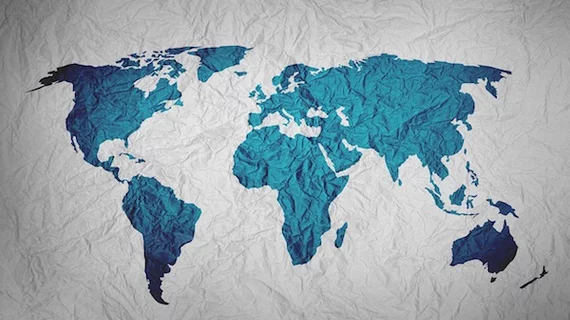Chagas disease increases the risk of CVD
Chagas disease—the result of infection with a parasite called Trypanosoma cruzi (T cruzi)—causes heart disease, including heart failure, stroke, arrhythmia and sudden death in one-third of those infected, according to a scientific statement issued by the American Heart Association and the Inter-American Society of Cardiology.
The disease is mostly prevalent in Central and South America, though it is becoming more common in other areas of the world. Approximately 300,000 infected individuals are in the U.S. At present, physicians outside of Latin America are generally unaware of the impacts Chagas disease has on an individual’s cardiovascular health.
Infection occurs when feces from the infected parasite enters human skin through the bite sight or eyes.
Chagas can also be transmitted through food or drink, from pregnant mothers to fetuses, and medically—including blood transfusions and organ transplants, the researchers said in a prepared statement issued by the American Heart Association (AHA).
About 60 to 70 percent of those infected with T cruzi do not develop symptoms, but those that do can develop heart failure, stroke, life threatening arrhythmias and cardiac arrest. However, if caught early, the infection can be cured with medications and has a 60 to 90 percent success rate.
Infection risk is very low for travelers. Individuals, however, should avoid sleeping in houses with un-plastered adobe walls or thatched roofs, the researchers noted. Additionally, travelers should avoid unpasteurized sugar cane juice, acai fruit juice and other juices.
“This statement provides a broad summary of current knowledge and practice in the diagnosis and management of Chagas cardiomyopathy,” the researchers, led by Maria Carmo Pereira Nunes, MD, PhD, of the Federal University of Minas Gerais in Belo Horizonte, Brazil, wrote in the statement. “It is our intent that this document will serve to increase the recognition of Chagas cardiomyopathy in low-prevalence areas and to improve care for patients with Chagas heart disease around the world.”
Related Chagas Disease Content:
Chagas disease increases the risk of CVD
Chagas parasitic heart disease threat creeps into U.S.
Algorithm unmasks bugs bearing diseases
Chagas disease among topics at HRS 2019
AI, microscopic imaging mobile device detects parasitic infections in 20 minutes
RSNA 2016: How imaging can help treat Zika, other tropical diseases

